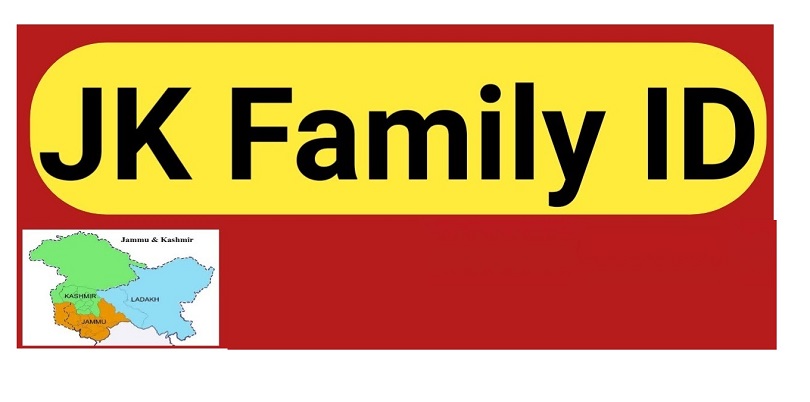
By Fadheelah Riyaz
JAMMU and Kashmir Lieutenant Governor Manoj Sinha announced recently that every family in Kashmir will be given a unique 8-digit alphanumeric family ID. The ID will consist of a database containing digitally stored, relevant information about families.
Sinha, at a press conference, claimed that the objective of the ID is to make welfare benefits directly accessible to poorer families. “We want to ensure that the poverty-stricken families are enrolled for government schemes with minimal human interference,” he said.
Many states have proposed, or in the case of Haryana and Punjab, already implemented a similar ID. Haryana launched the Parivar Pehchan Patra (PPP) plan in 2019, and Punjab followed suit in 2021. Utter Pradesh recently introduced the UP Parivar Kalyan card, which draws its inspiration from Haryana’s PPP. Rajasthan also has the Jan Aadhaar card which identifies both families and individuals for financial subsidies.
While the BJP has welcomed the proposal in the UT, mainstream opposition parties such as the PDP and National Conference have opposed it.
The family ID proposal is, on the surface, completely non-threatening and Kashmiris may even benefit from it. The opposition’s claims that Kashmir is being specially targeted appear baseless, as other states have created similar databases.
However, the family ID seems redundant as the Aadhar card, the ration card, and the PAN card all supply social services directly to poverty-stricken households.
The Aadhar card, especially is the most secure and efficient form of identification in the country. World Bank Chief Economist Paul Romer described Aadhaar as “the most sophisticated ID programme in the world”.
In addition, the Aadhar Act, passed in 2016, already facilitates the delivery of financial subsidies, benefits, and services to the eligible digitally. The Direct Benefit Transfer (DBT) scheme transfers subsidy money to Aadhar-linked bank accounts.
Despite appearing transparent about the ID, the regional government has been deliberately vague about the purpose of another identifier. The family ID is being described as more speedy, efficient, and comprehensive than its predecessors. But, why should the government propose a new and expensive project instead of improving upon the existing IDs? Unless the ID performs another function entirely, which has been conveniently omitted in the official statement.
- The author studies in 9th class
Follow this link to join our WhatsApp group: Join Now
Be Part of Quality Journalism |
Quality journalism takes a lot of time, money and hard work to produce and despite all the hardships we still do it. Our reporters and editors are working overtime in Kashmir and beyond to cover what you care about, break big stories, and expose injustices that can change lives. Today more people are reading Kashmir Observer than ever, but only a handful are paying while advertising revenues are falling fast. |
| ACT NOW |
| MONTHLY | Rs 100 | |
| YEARLY | Rs 1000 | |
| LIFETIME | Rs 10000 | |













